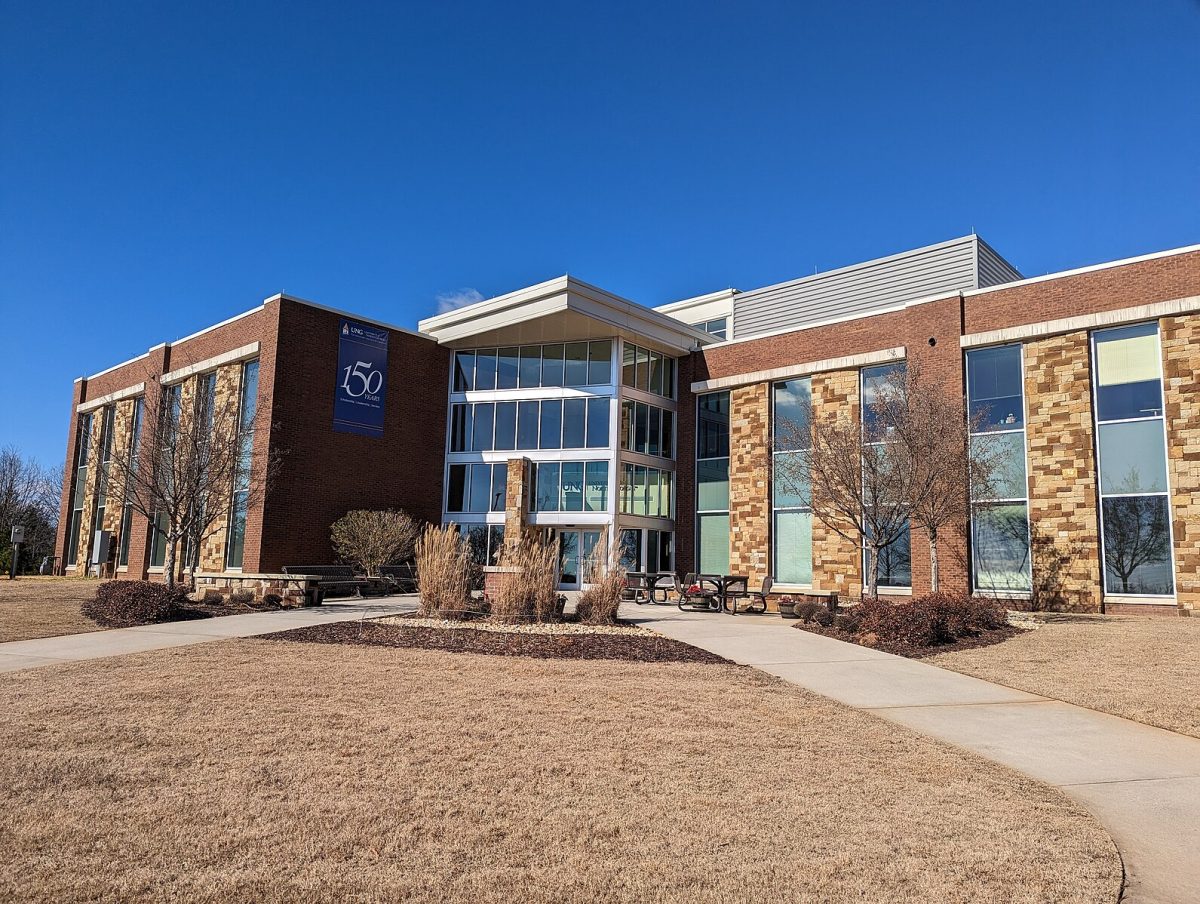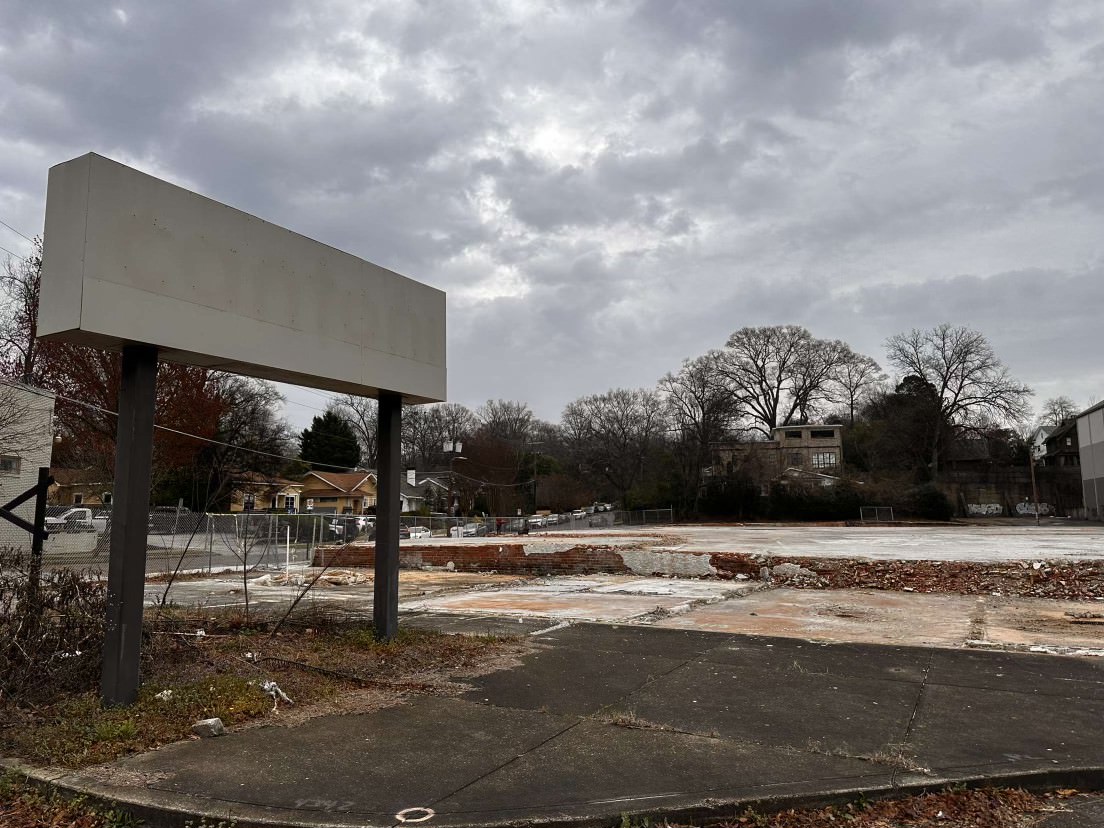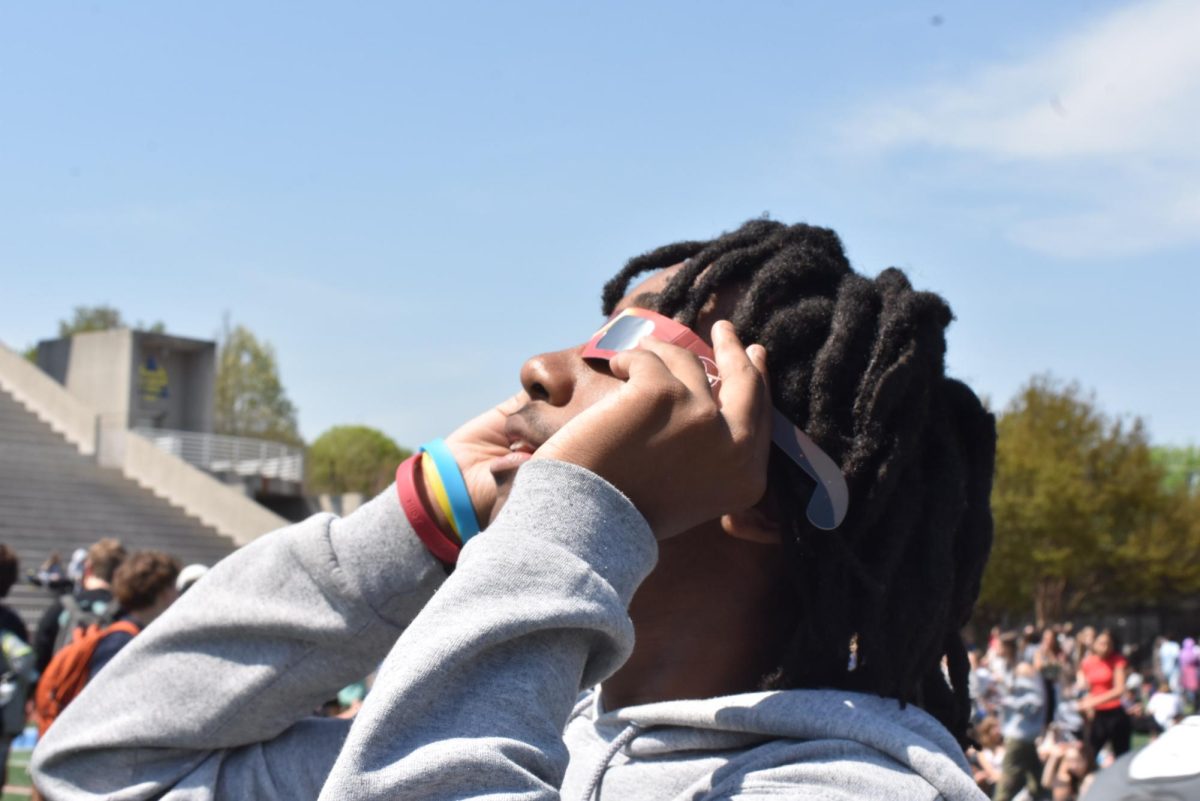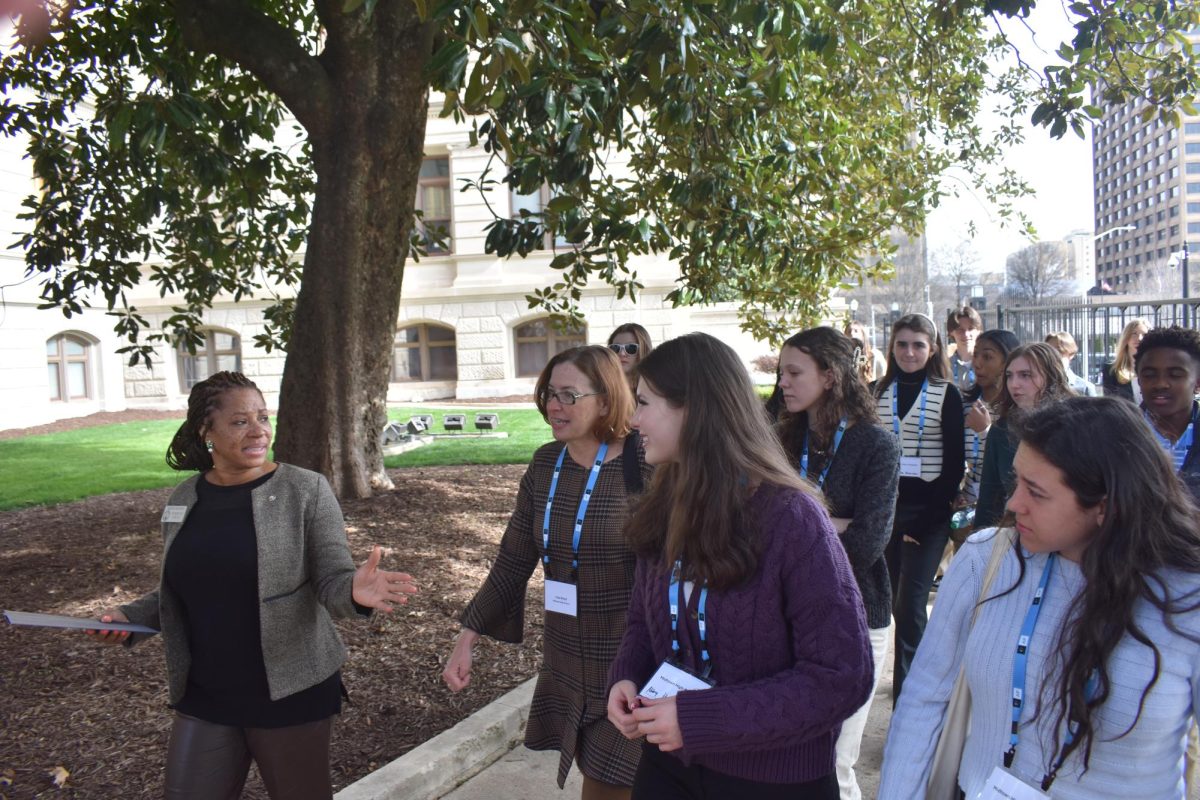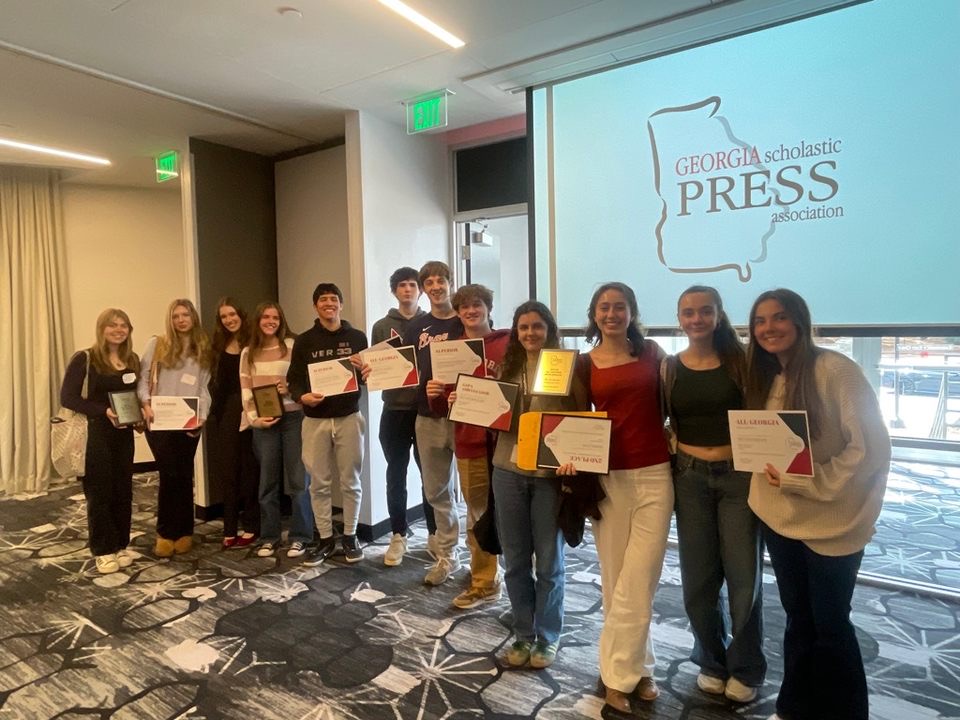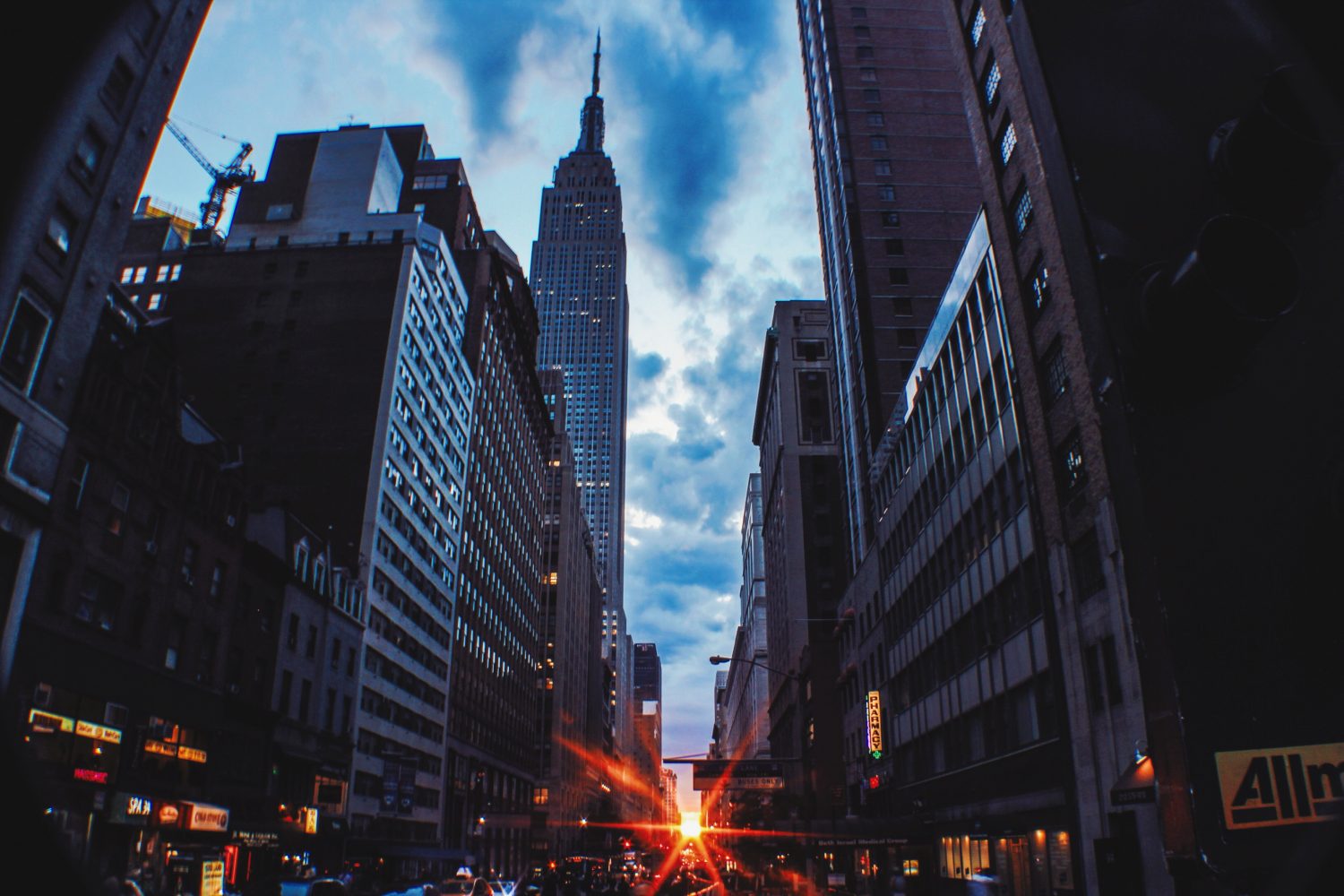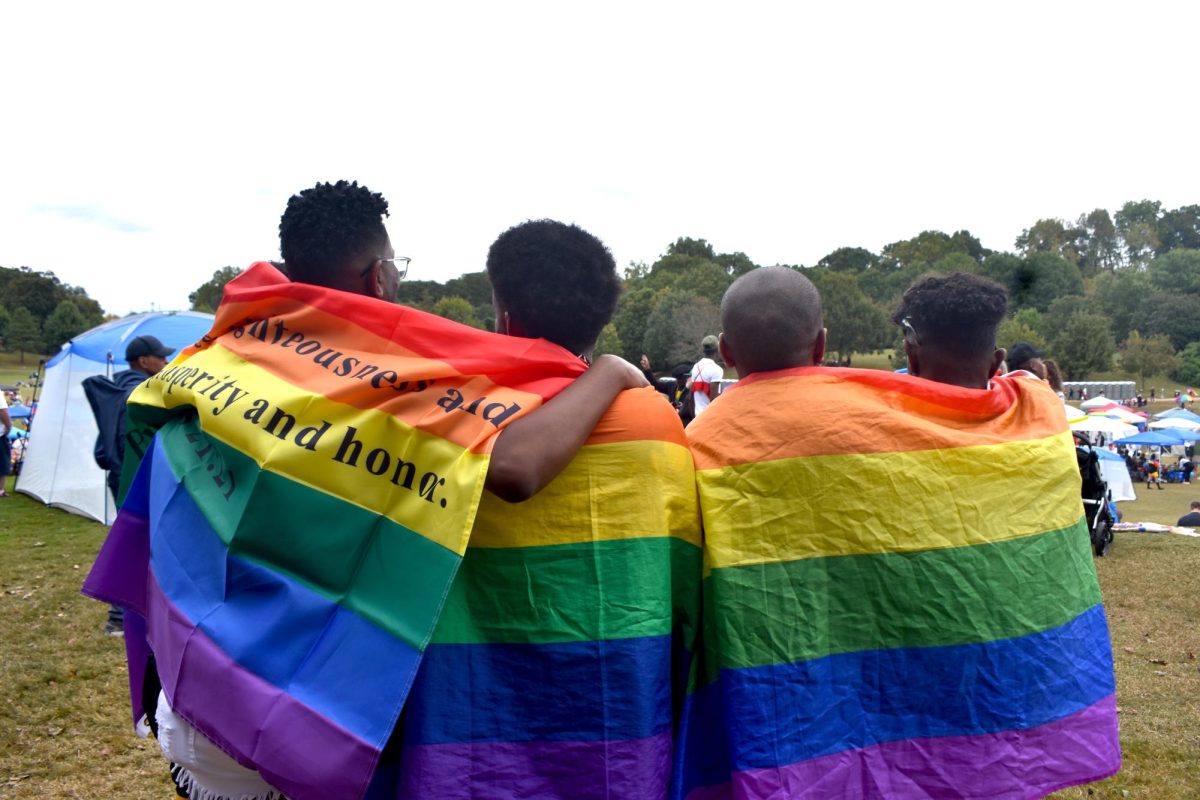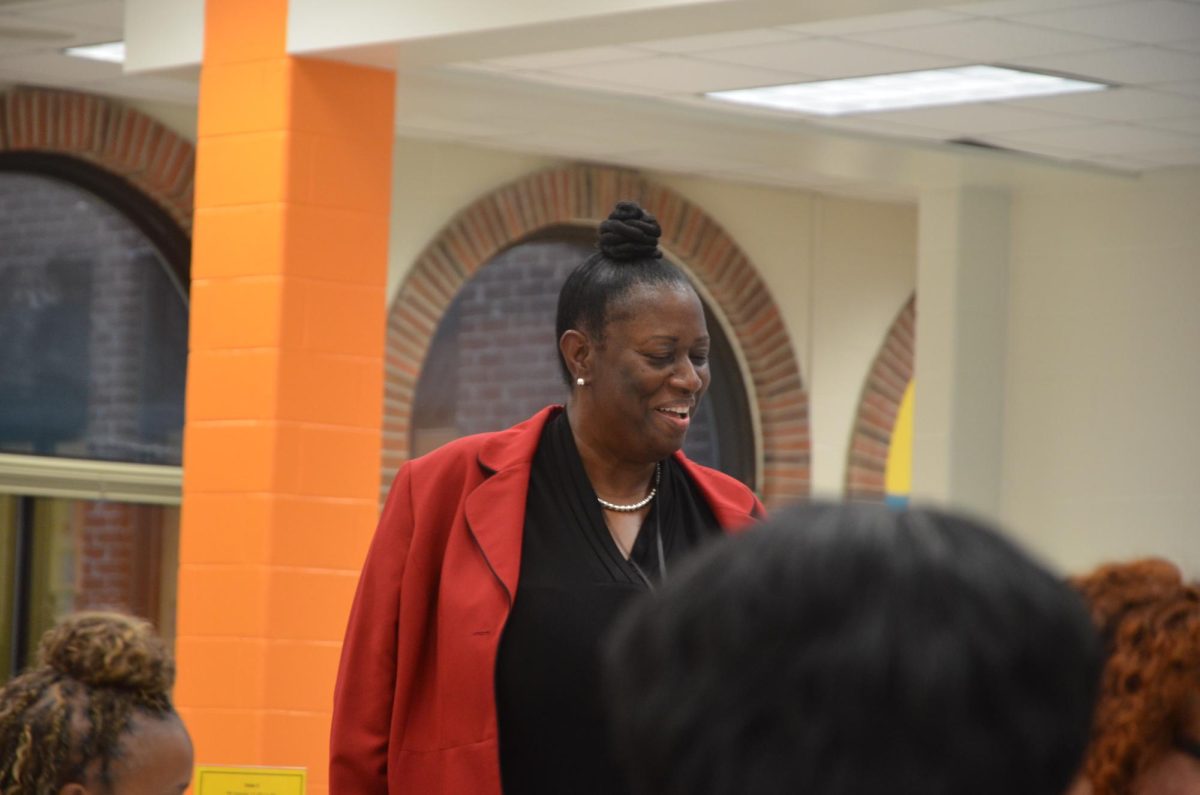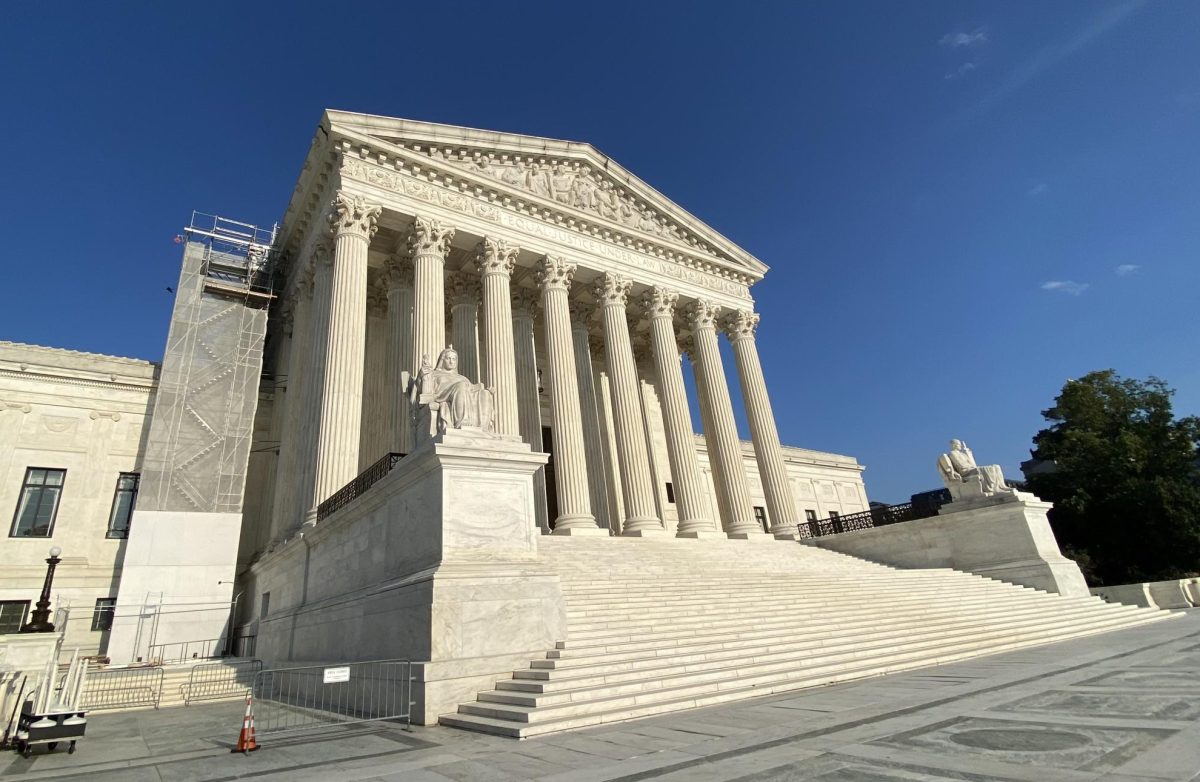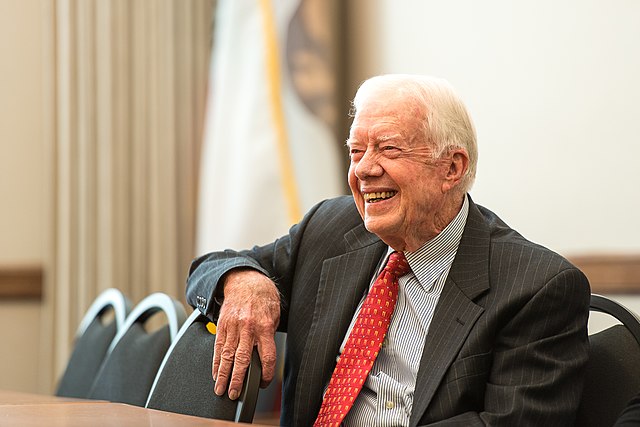Alumnus Bryan Dumas never leaves his Upper West Side Manhattan studio apartment without his camera. Whether he is at work, in Central Park or even grabbing a late breakfast at a coffee shop on a Saturday morning, he always has his Canon T3i. After graduating from Grady in 2003, Dumas went on to Syracuse University and, seven years and two Emmys later, is an associate producer at MSNBC Marketing. Luckily, his day job allows him to pursue his passion: photography.
From his first photography class at Grady to a mention in an online article by Thrillist, “24 NYC Instagrams You Need to Follow Right Now,” Dumas has been in the spotlight. Yet despite the growing popularity of his Instagram feed (@b_dumas), Dumas’ development as a photographer has been anything but instant.
Lucia Lombardo: What is your first memory with a camera in your hands?
Bryan Dumas: I remember my mom bought me a little disposable camera; it was the Ninja Turtles camera, and it had a little turtle watermark on it, back in the early ’90s, and I would take pictures with that. My father gave me his old 35-millimeter when I was 11 or 12, and that was my first real camera. We would go out and shoot, and I really enjoyed the process of shooting and not knowing what the pictures were like and getting them developed. … This was back in the day before digital cameras so you’d have to go to, like, CVS or somewhere to get your pictures developed. … I always enjoyed opening up a pack and seeing what the shots looked like. It was fun; it was a way for us to bond. [My father] taught me some things because he used to take pictures when he was younger so I kind of learned from him, then I took a photo class at Grady and got a little bit better with the technical aspects. We had a darkroom there so we developed our own prints. It’s been a long time that I’ve been involved with taking pictures, and it’s been … a long hobby of mine.
When did you first realize you were good at taking photos?
Honestly, I still don’t think I’m good. It’s so subjective, photography. It’s like any art form, you know-most people like Picasso, but other people may not like Picasso. It’s all in the eyes of the beholder I guess, and my goal every day is to get better technically and take better shots. The thing about Instagram is you can see so many other people’s works and see so many other things that people are doing, and that inspires me. I guess my pictures are OK; there’s room for improvement, but the recognition that’s been coming in lately has been very rewarding and very humbling and nothing that I ever imagined would happen in a million years.
How do you juggle a full-time job with your photography?
I shoot on the weekends; I shoot at nights. Sometimes I’ll bring my camera with me to work. The thing about photography is that you could be anywhere and come across something that’s worth shooting even on your way to work, even on your lunch break. I keep my camera with me a lot. If I don’t have my camera and there’s something that needs to be shot, I’ll take an i-Phone shot. So it’s really about having your eyes open, but I really try to shoot as much as possible in my free time. The beauty of Instagram is I’ve met a ton of cool people who share this passion, and we get together and we go out and shoot, so it’s been great in that regard.
I noticed on your Instagram you don’t take many portriats; why do you prefer to take scenic photos?
Well, I live in New York; I split my time between New York and Atlanta, and those are two of the most populous cities in America. I think there’s something cool about capturing these big, bustling metropolises without any people in them. If I do have a person in my pictures, it’s usually for a reason. But more times than not I try to capture the beauty of the landscape, the structures of the architecture, without people, because it’s hard to do, to get a shot in New York with no people in it. … When you see a familiar shot of a place that you know and it doesn’t have any people in it, I think it really makes for a stark picture. I like to let the beauty of the buildings, sky and the trees and all that stuff speak for itself without having someone or something else in there taking away from the focus of the picture.
You have more than 4,000 followers on Instagram; when you first started how did you go about amassing such a following? Was that your original intention, to garner as many views as possible?
My goal was really just to use [Instagram] as an outlet to express myself creatively. I bought this camera a few years ago, and I really bought it with the intent of doing more video and shooting and filming things. When I wasn’t using it for that, I felt bad because I’d spent so much money on this camera, and I wasn’t using it as much as I probably should’ve. So I decided to transition into more stills, and I just wanted to use Instagram as a platform to showcase my passion. I wasn’t really doing it for the followers or recognition; that wasn’t my intent at all. I just knew that I didn’t want to be the guy posting selfies and pictures of my lunch and my dog and stuff like that because there’s enough people in your [Instagram] feed who do that sort of stuff. I have a passion for photography, so I just used Instagram as a way to showcase that and the result of that has been a bonus. Really and truly it was just a place for me to showcase my pictures.
Describe how your piece in the Thrillist article came about and how that catapulted you even further into the world of Instagram celebrities.
I got a heads up that I was going to be in [the article] and I couldn’t believe it, and I guess since that article’s been published I’ve picked up a thousand, 1,500 followers. I was around 3,000 when that was published and I’m up to 4,100 or 4,200. … It’s great to be mentioned in that list because a lot of the people on that list I follow, and they have tens of thousands or even hundreds of thousands of followers, so to be mentioned in the same list with those people who are widely popular is really awesome and humbling.
How has that article influenced your photography posts?
I don’t think that it has, honestly. I keep doing the same things that I’ve been doing and shooting the same things I’ve been shooting. I haven’t seen a reason to change anything. I’m just aware that more people are paying attention now, and, if anything, it makes me work a little bit harder to do everything to the best of my abilities. I don’t want to post a bad picture, or anything that’s not perfect because I know that a lot of people are watching.
What is your advice for aspiring high school photographers?
My first suggestion would be don’t do it for recognition. That’s just a good rule for anything in life; if you want recognition you’re probably doing it for the wrong reasons. My thing has always been to get better. If you see something that interests you, shoot it. That’s the beauty of Instagram … you can see the people who are attacking similar subjects and how they frame their photos … another great thing about Instagram is that I’ve been able to go to some meet-ups with other photographers and learn tips and tricks; I’ve picked up a lot of little tidbits that have helped my pictures get better. There’s definitely similar things like that happening in Atlanta so if you enjoy photography try to get to some meet-ups and learn some things that you can do. Obviously there’s a plethora of tutorials online and on YouTube, how-to’s and things of that nature. Those are very helpful … So my advice would be to really be a student of photography, just like you are anything else and approach it the same way you would approach a subject or a sport, you know, you need to study and watch what the professionals do to pick up tips. Just practice; I’ve probably taken over 5,000 pictures in the last year but I’ve only posted about 600 … it’s like winning the lottery—you only need to hit the jackpot once to have a great image … Just get out there and get after it.

